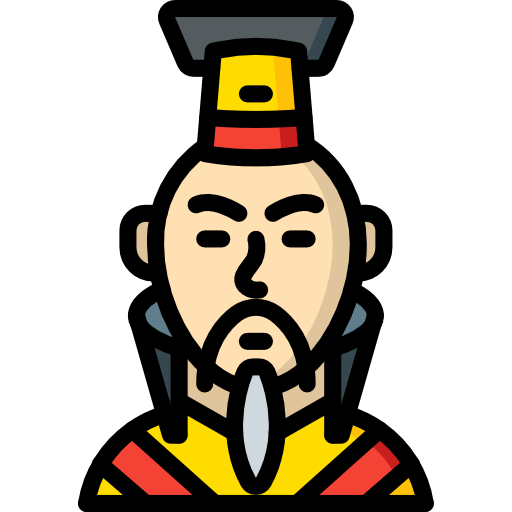🌱 The Superior Practitioner
When it comes to TCM and preventative medicine, you may have heard things like, "The superior practitioner treats disease before it sprouts," or begins treatment when the patient is not yet ill.
So let's take a look at the classics to see what this means and how it's done...

The Huang Di Nei Jing
Chapter 2 of the Nei Jing begins by discussing how one should act in order to live in harmony with the seasons. For example, in winter you should avoid cold and seek warmth. In spring, you should go to bed late and get up early. Take long strides in the courtyard and let your hair be disheveled.

This is summarized by saying, "If one follows yin and yang, then life results; if one opposes them, then death results."
After this we get the quote:
The sages did not treat those already ill, but treated those not yet ill, they did not put in order what was already in disorder, but put in order what was not yet in disorder.
It then elaborates by saying:
Now, when drugs are employed for therapy only after a disease has become fully developed, when [attempts at] restoring order are initiated only after disorder has fully developed, this is as if a well were dug when one is thirsty, and as if weapons were cast when the fight is on. Would this not be too late, too?

Stopping Disease Before it Sprouts
So I think we can be pretty confident that these passages are talking about preventative medicine.
But how does one do this? How do you begin treatment before disorder has set in?
Well, you have to "observe what is obscure," even though it's not visible externally:
The cold and warmth of the sun, the empty and abounding state of [the disk of] the moon and the presence of the qi at the surface or in the depth [in the course] of the four seasons, one brings everything together and assesses it. The practitioner regularly sees this beforehand, but it has no manifestation visible on the outside [of the body]. Hence [the text] states ‘observing what is obscure.’

Chapter 26 also talks about using the pulse specifically. This is how the superior practitioner stops disease before it starts:
"The superior practitioner stops its sprouts" [is to say:] he will certainly perceive first the qi at the nine indicators in the three sections and he comprehensively regulates what is not ruined and stops it. Hence, he is called 'superior practitioner.' "The inferior practitioner stops what has already fully developed" [is to say:] he [attempts to] rescue what is already ruined.
(Bit of a sidetone here: when the Nei Jing talks about the "three sections and nine indicators," it's talking about nine distinct locations for taking the pulse on the head, arm, and leg. This was later reinterpreted by the Nan Jing to mean the three pulse positions at the wrist (cun, guan, chi) and the three depths at each position.)

Knowing the Course of Disease
The Nan Jing (Classic of Difficulties), however, takes a slightly different approach.
In chapter 77, it poses the question:
The superior practitioner treats what is not yet ill; the mediocre practitioner treats what is ill already. What does this mean?
Then it answers this question with an example of Liver overacting on Spleen:
It is like this: The so-called treatment of what is not yet ill [implies the following.] When one sees illness in the liver, one should know that the liver will transmit it to the spleen. Hence one prevents this [transmission] by filling the qi of the spleen, with the effect that it will not accept the evil qi of the liver. Hence the classic speaks of "treating what is not yet ill." When a mediocre practitioner sees an illness in the liver, he does not know about mutual transmission, and he will focus all his efforts on treating the liver. Hence the classic speaks of his "treating what is ill already."
So this is slightly different. It's not about preventing disease altogether; instead it's about know the course of a disease and how it will progress, and then looking ahead to stop that progression.

Looking Ahead
So I think this second interpretation is interesting. It's not so much about stopping disease before it starts -- which is something we can't always do with our patients -- but it's more about looking ahead and seeing the course of the disease.
(A large portion of the Nan Jing talks about how disease moves along the Sheng and Ke cycles of the five phases, so that's why it was using the example of Liver and Spleen. But I think this can apply in other areas as well.)
So if you know that the Liver tends to overact on the Spleen, you may want to proactively support the Spleen. If you know that heat tends to dry out the fluids, you may want to preemptively tonify yin. If you know that Spleen deficiency leads to dampness, you may want to address it before it manifests. Things like that.
What do you think?
